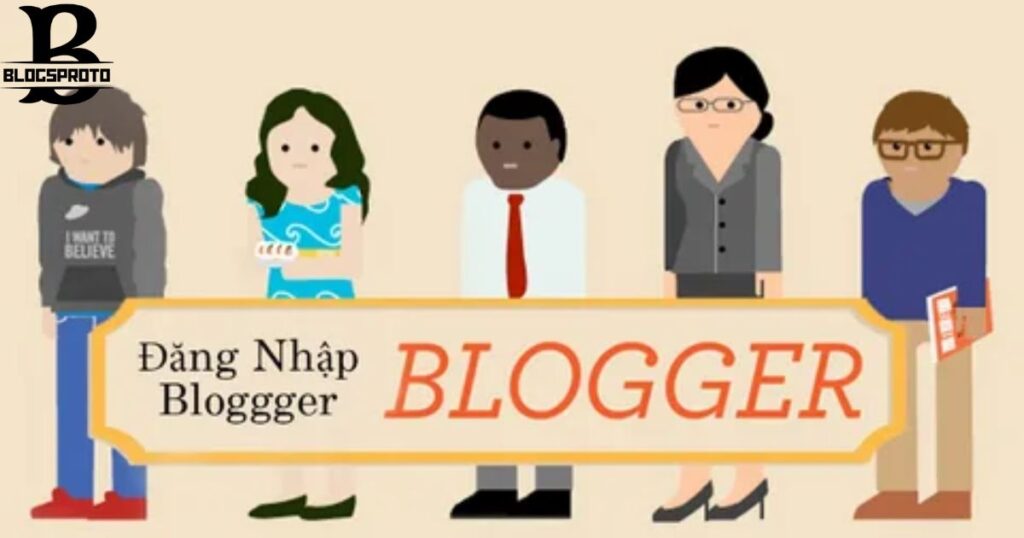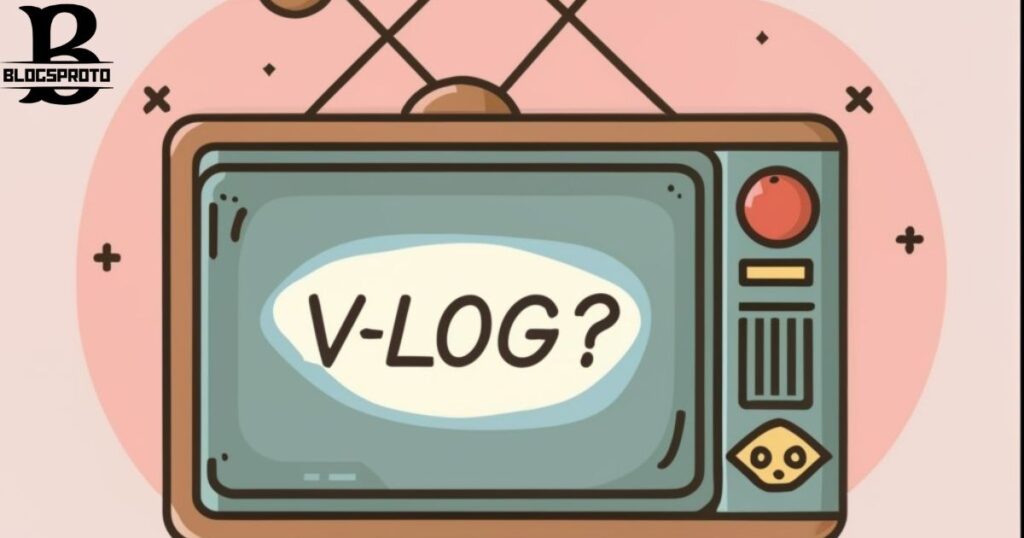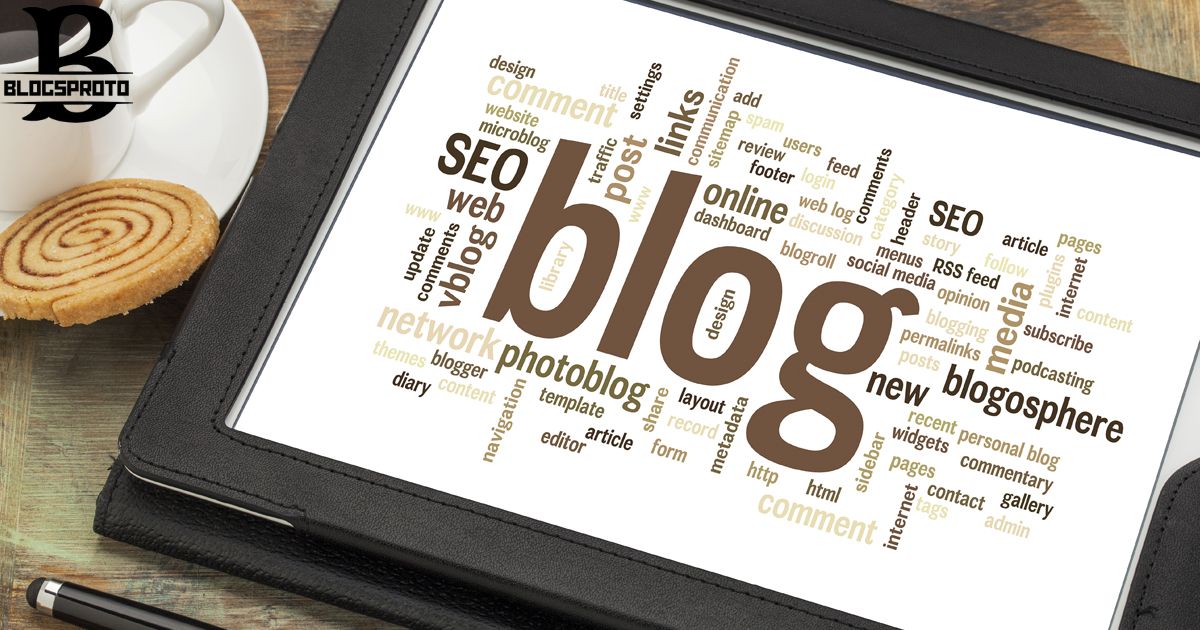A blog is like an online journal where people or groups share their thoughts and stories on different things. It’s a friendly space where they talk about what they know or feel. Readers can join in by commenting and chatting about the stuff they read.
Curious minds often ponder, and here’s the scoop! Derived from weblog the term it encapsulates your virtual haven for thoughts, experiences, and insights. Here is question generated What does blog stand for? Dive into the online world as we unravel the mystery behind this ubiquitous term in our exploration of digital expression.
It’s short for weblog your digital diary on the internet. There are virtual spaces where people share thoughts, stories, and experiences. So, the next time you see a blog, remember it’s a web log of someone’s journey in the digital world.
WHY IS IT CALLED A BLOG?
Ever wondered why it’s called a blog? Well, back in the day, they were known as weblogs combining web and log for online diaries. As time went on, the term got shortened to blogging our online stories a catchy name.
So, why the name blog? It’s more than just a word; it’s an invitation to share your story on the web. Your blog is like a cozy corner in the vast digital world where you can unfold your experiences and thoughts. It’s a familiar term that makes our online adventures feel personal and welcoming.
A Brief History of Blogs

Blogs started in the late 1990s. People began sharing thoughts online. The word “blog” comes from weblog. Blogs became popular for personal and professional use. They allowed easy sharing of ideas and stories.
Over time, blogging platforms like Blogger and WordPress emerged. Now, millions of blogs cover diverse topics worldwide. Blogs continue to shape how we share and consume information online
What Is A Blog?
Ever wondered what a blog is? Think of it as your online journal, where you can share your thoughts, experiences, and ideas. A blog is like your personal space on the internet, a cozy corner where you get to express yourself and connect with others.
In simple terms, a blog is your digital canvas for storytelling. It’s where you can write about anything that sparks your passion or interests, whether it’s travel adventures, cooking experiments, or just your daily musings.
So, the next time you hear about a blog, remember it’s more than just a website – it’s a platform for sharing the unique tapestry of your life in the vast digital landscape.
The Evolution Of Blogging

The evolution of blogging has been a fascinating journey, marked by significant developments in technology, platforms, and content creation. Here’s a brief overview of the key stages in the evolution of blogging:
1. Pre-Blogging Era (1990s)
Bulletin Board Systems (BBS) and online forums were precursors to modern blogs.
Early adopters shared thoughts, ideas, and information on niche topics through platforms.
2. Emergence of Blogs (Late 1990s)
The term “weblog” was coined by Jorn Barger in 1997, which was later shortened to “blog” by Peter Merholz in 1999.
Blogging platforms like Open Diary, LiveJournal, and Blogger emerged, making it easier for individuals to publish their content online.
3. Blogging Goes Mainstream (Early 2000s)
Blogging gained popularity as a form of personal expression and a means of sharing information.
Blogger and WordPress played crucial roles in simplifying the process of creating and managing blogs.
4. Rise of Professional Blogging (Mid-2000s)
Blogging transitioned from a hobby to a profession for some individuals.
Monetization strategies such as advertising, sponsored content, and affiliate marketing became more common.
5. Social Media Integration (Late 2000s)
The rise of social media platforms like Facebook and Twitter influenced the way content was shared and discovered.
Microblogging platforms, such as Tumblr and later Twitter, gained popularity.
6. Content Management Systems (CMS) Dominance (2010s)
WordPress emerged as the dominant CMS, powering a significant percentage of the internet’s websites.
The ease of use, scalability, and a wide range of plugins contributed to its widespread adoption.
7. Video and Multimedia Integration (2010s)
The popularity of video content led to the rise of platforms like YouTube and the integration of multimedia into blogs. Bloggers began incorporating visual content to enhance user engagement.
8. Mobile Blogging (2010s)
The increasing use of smartphones led to the development of mobile-responsive blog designs and mobile apps. Bloggers adapted to the changing consumption habits of their audience.
9. Niche and Microblogging (2010s)
Specialized and niche blogs gained prominence, catering to specific interests and communities. Microblogging platforms like Instagram and Pinterest became popular for sharing visual content.
10. Current Trends (2020s)
Continued integration of multimedia content, including podcasts and live streaming. Increased emphasis on authenticity, personal branding, and storytelling. Evolving SEO strategies and a focus on quality over quantity in content creation.
The evolution of blogging reflects the dynamic nature of the internet and the changing preferences of content consumers. While traditional blogging platforms persist, new mediums and formats continue to shape the landscape of online content creation.
What Does Vlog Stand For?

Vlog stands for video blog combining the words video and blog. It represents a type of online content where individuals share experiences, opinions, or daily life through video recordings. Popularized on platforms like YouTube, vlogs offer a dynamic and immersive way for creators to connect with audiences, covering diverse topics such as travel, reviews, or personal reflections.
This format has democratized content creation, allowing anyone with a camera and internet access to become a storyteller. Vlogs provide a more engaging and personal experience compared to traditional blogs, fostering a global exchange of ideologies.
The accessibility of video-sharing platforms has empowered individuals to share their unique voices, making vlogging a powerful medium for self-expression and communication.
How to start a blog?
Starting a blog is easy! First, pick a topic you love. It could be your hobby, interests, or expertise. Next, choose a blogging platform like WordPress or Blogger. They’re user-friendly and free. Create an account and pick a simple, memorable domain name.
Now, write your first post. Keep it short and engaging. Add images or videos to make it interesting. Share your post on social media to get readers. Don’t forget to interact with your audience through comments. With these simple steps, you’re on your way to starting a great blog!
Frequently Asked Question
What is blog short for?
Blog is short for weblog which originally referred to a personal online diary or journal. It later evolved into a versatile platform for sharing information, ideas, and stories.
What is the original meaning of blog?
The original meaning of blog comes from weblog indicating an online diary or journal. It evolved into a versatile platform for sharing information and opinions on the internet.
What was the first blog called?
The first blog was called Robot Wisdom created by Jorn Barger in 1997.
Is blogging a real word?
Yes, blogging is a legitimate word describing the activity of maintaining a blog and sharing content online.
What’s a blog example?
An example of a blog is The Huffington Post, featuring a diverse range of articles and opinions on various topics.
Final Thoughts
A blog is a website where people write and share information on various topics. The word blog is a shortened form of weblog. It’s like an online journal where individuals or groups regularly post articles, opinions, or updates about their interests or experiences.
Blog stands for weblog signifying a digital platform for sharing thoughts and information. Whether it’s a personal diary, a travel adventure, or professional insights, blogs provide a space for people to express themselves and connect with others in the vast online world.

Maxwell Brooks, a prolific wordsmith on BlogsProto.com, navigates literary realms with grace. His prose dances through genres, captivating readers with tales that resonate, leaving an indelible mark on the digital literary landscape.











